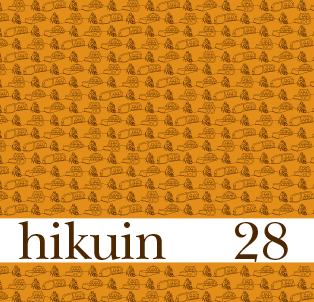Faurholmovnene
Resumé
The Faurholm kilns
By Niels-Knud Liebgott
This medieval pottery-kiln complex was found in 1973 at Faurholm, some 35 km north of Copenhagen. The find came to light in connection with the construction of a road across an open field. In 1974 the present author carried out an archaeological investigationon on behalf of the National Museum of Denmark. The complex consisted of two kilns, with the same construction, lying close beside one another. The kiln situated to the west was at a deeper level and was the better preserved of the two. The kilns were of a type with an oval, almost pear-shaped kiln chamber, 1.20 × 2.00 metres in size, linked by a flue to a stoke pit 1.60 × 1.70 metres in size, with its floor-level slightly higher than that of the kiln’s floor. In both kilns the red-fired clay dome, built on hazel branches using the wattle and daub technique, had collapsed but was preserved in the form of sizeable pieces found within the kiln. There was no trace of specific kiln furniture, and both kilns had a relatively simple structure known from other Danish finds from the Roman Iron Age. Both kilns had been rebuilt several times after the dome had collapsed. In the western and better- preserved kiln 5 phases could be distinguished, and 3 phases in the eastern one. In the case of both kilns it could be seen that they had been abandoned after a final firing which was at least partially unsuccessful. The collapsed domes had been left undisturbed, and the 30 or so complete vessels that can be assembled from the sherds in the western kiln suggest that probably the whole last firing in this case was abortive. In connection with the excavation in 1974 a number of attempts at dating were made. The archaeo-magnetic samples provided no useable results. Thermoluminescence dating resulted in a median dating to the year 1317, with a range from 1282 to 1352. A further thermoluminescence dating attempt in 1997 gave no useable dating result. The pottery workshop at Faurholm cannot have functioned for such a long period (70 years) as the two outermost dates would imply. Even though two kilns have been identified, and even though the two kilns might have been rebuilt eight or ten times in all, most likely with several successful firings between each rebuilding, it is difficult to imagine that the Faurholm complex was productive for more than one or two years, or at most a period covering a few years.
Referencer
Downloads
Publiceret
Citation/Eksport
Nummer
Sektion
Licens
Forfatter og Forlag.





